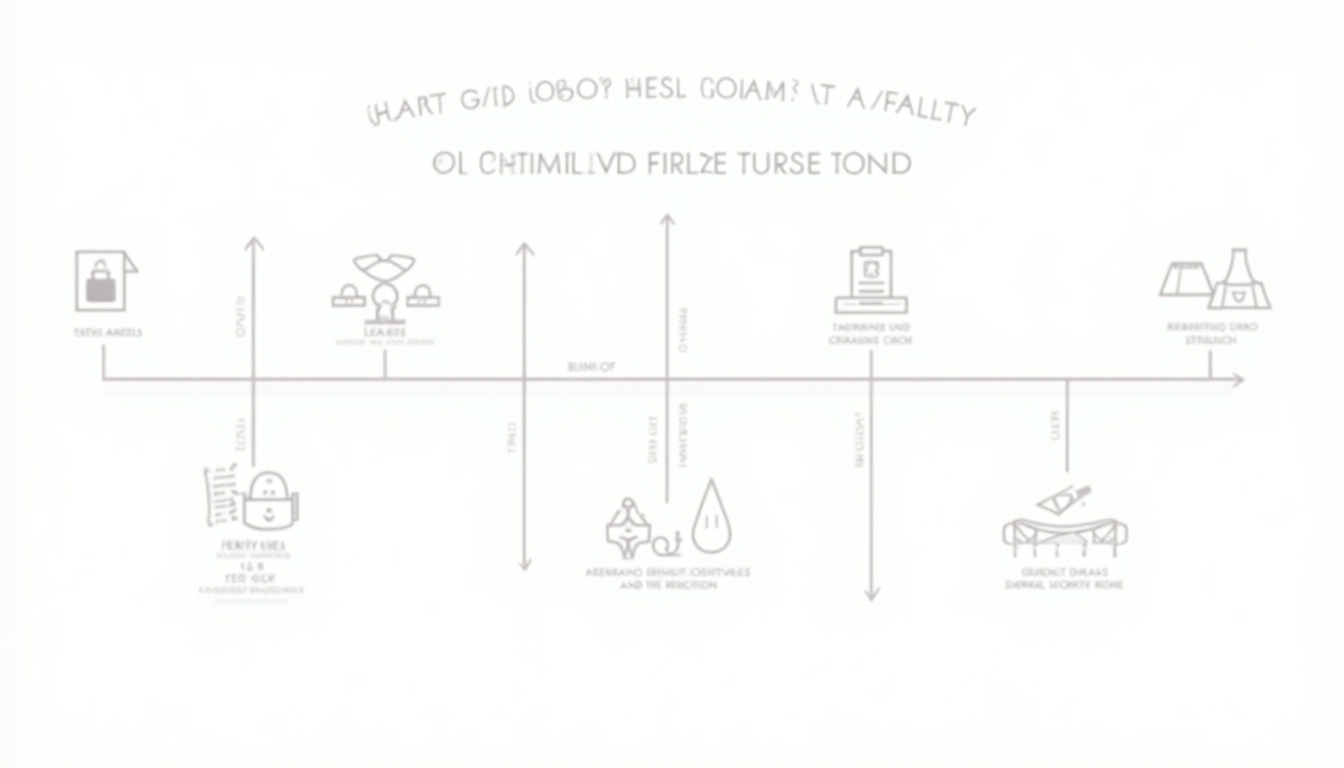Fertility Preservation for Young Women: A Complete Guide
Dec. 6, 2024, 5:05 p.m.
Understanding Fertility Preservation for Young Women
Fertility preservation for young women is becoming increasingly important as more women choose to delay starting a family. Understanding the options and advancements can empower women to make informed decisions about their reproductive futures.

Why Consider Fertility Preservation?
Choosing to preserve fertility might be due to medical conditions like cancer, which can affect reproductive health, or personal choices like career planning. Fertility preservation research has expanded the available options and improved success rates, offering peace of mind for the future.
Options for Fertility Preservation
Many methods are available, each with its own process and success rates. Here's a breakdown:
- Egg Freezing (Oocyte Cryopreservation): A popular choice, where eggs are harvested and frozen for future use.
- Pros: Allows for the use of one's own genetic material.
-
Cons: Involves hormonal stimulation and egg retrieval procedures.
-
Embryo Freezing: Involves fertilizing the egg before freezing it as an embryo.
- Pros: Higher success rates compared to unfertilized eggs.
-
Cons: Requires a partner or sperm donor at the time of preservation.
-
Ovarian Tissue Freezing: Emerging option where ovarian tissue is removed and frozen for future transplant.
- Pros: Suitable for young girls and women unable to delay the start of cancer treatments.
- Cons: Still considered experimental.
Understanding these options helps in making a choice that aligns with personal and medical needs.

Personal Insights and Considerations
Consider discussing fertility preservation early, especially if you have a medical condition that impacts fertility. For example, women with a family history of early menopause or endometriosis might consider preservation options sooner rather than later.
From personal stories of women who underwent egg freezing, they often cite relief in having more control over their reproductive timeline. However, it’s crucial to balance optimism with realism, as no method guarantees future pregnancy.

Steps to Begin the Fertility Preservation Process
- Research and Understand Options: Start by learning about each method and consulting with fertility experts.
- Consult a Specialist: Seek an experienced fertility specialist to discuss your specific needs and medical history.
- Financial Considerations: Fertility treatments can be costly. Check with your insurance and explore financial assistance programs.
- Plan for Logistics and Support: Arrange your schedule and gather emotional support. The process can be physically demanding and emotionally taxing.

Advances in Fertility Preservation Research
Recent advances in fertility preservation research have not only improved existing methods but also prompted the development of new techniques. For instance, artificial ovaries are being explored to potentially provide women with more natural options in the future.
Conclusion
Fertility preservation for young women is a proactive step towards securing reproductive options for the future. Although it involves medical, financial, and emotional considerations, it empowers women to plan their futures with greater confidence.
Exploring these options early can provide the best outcomes, and connecting with the right resources will support informed decision-making.